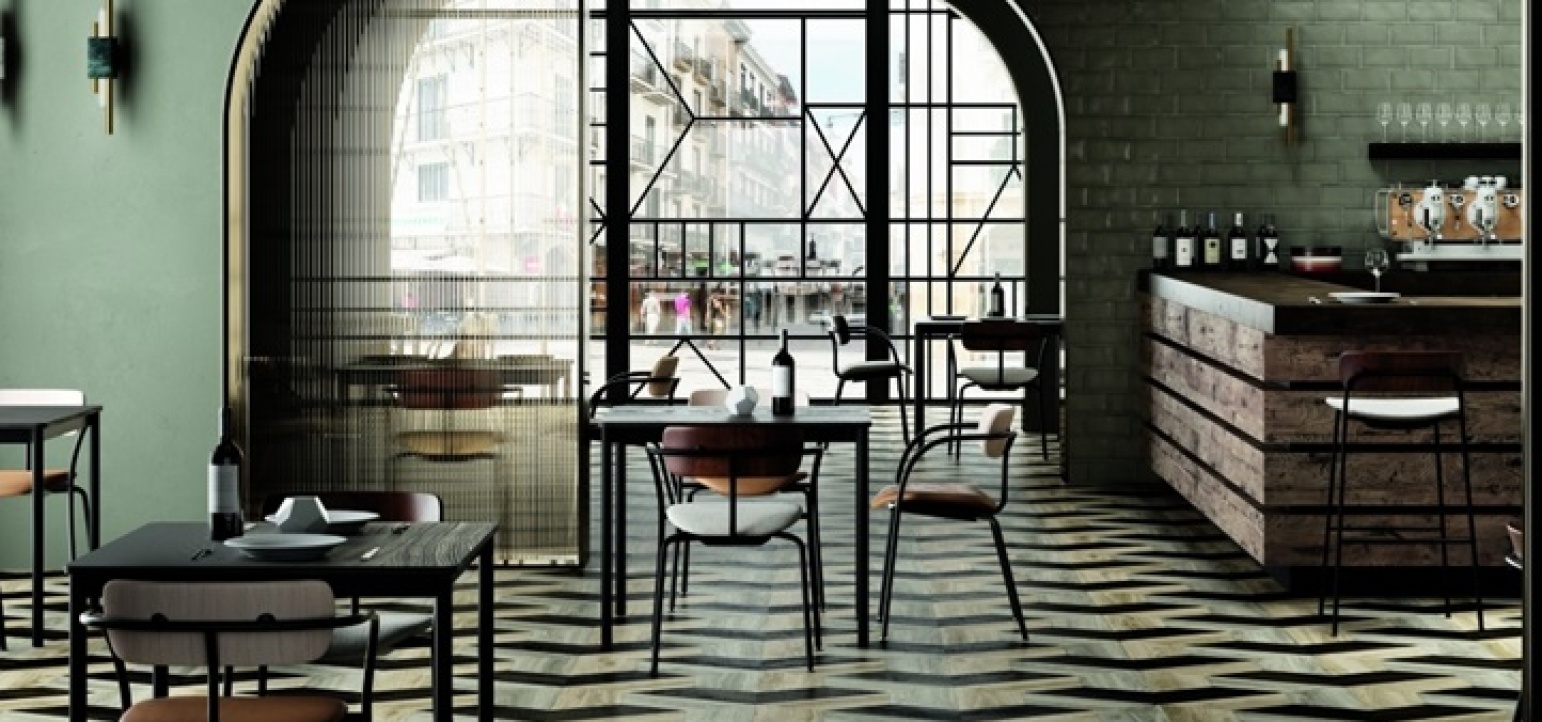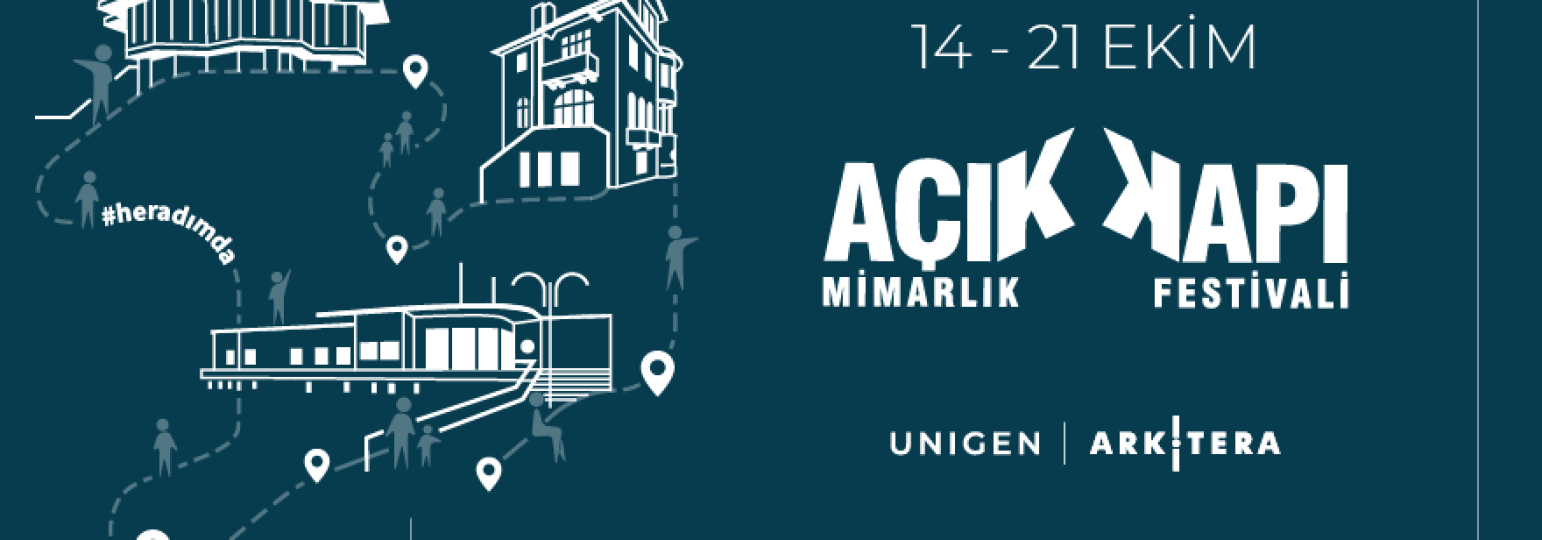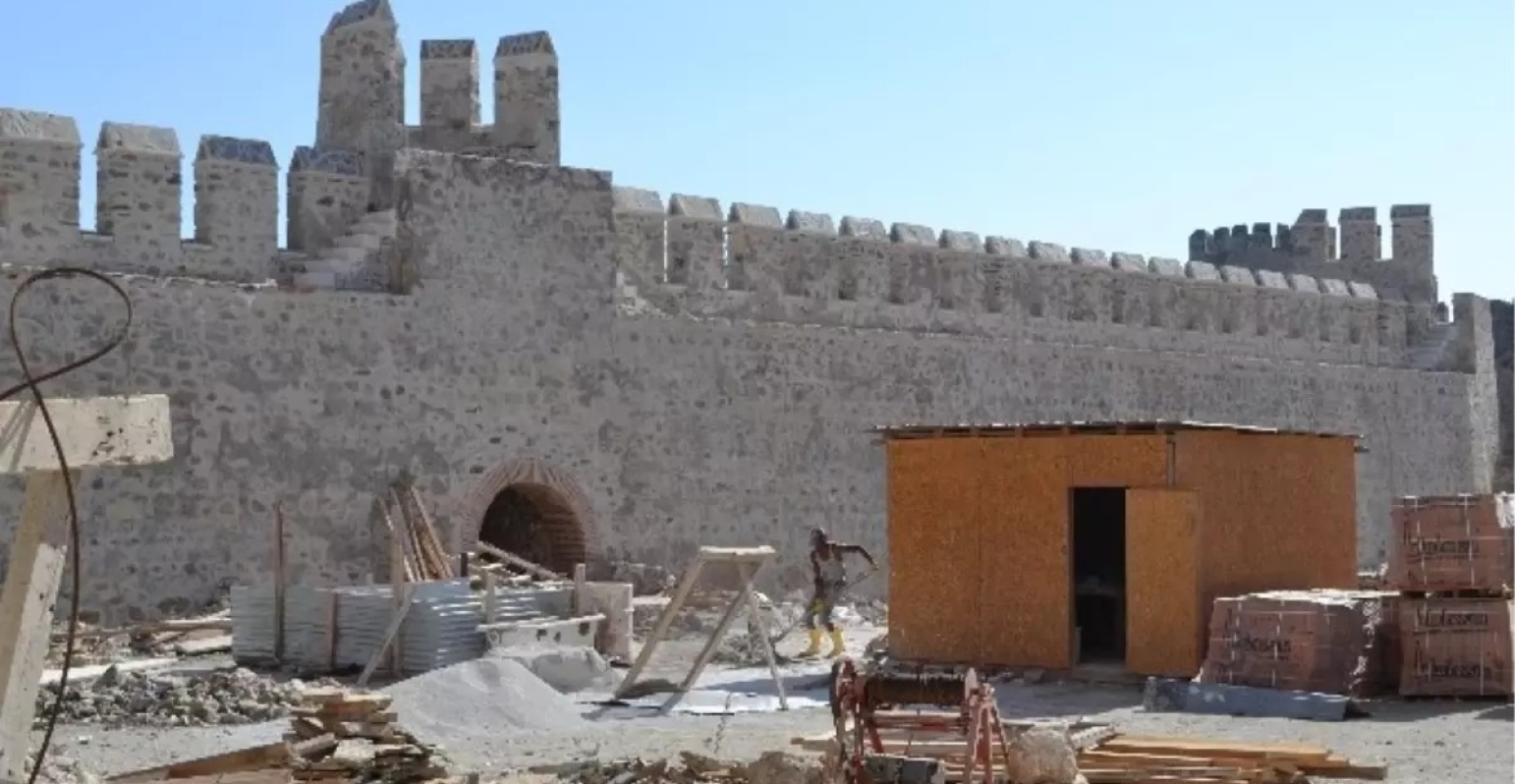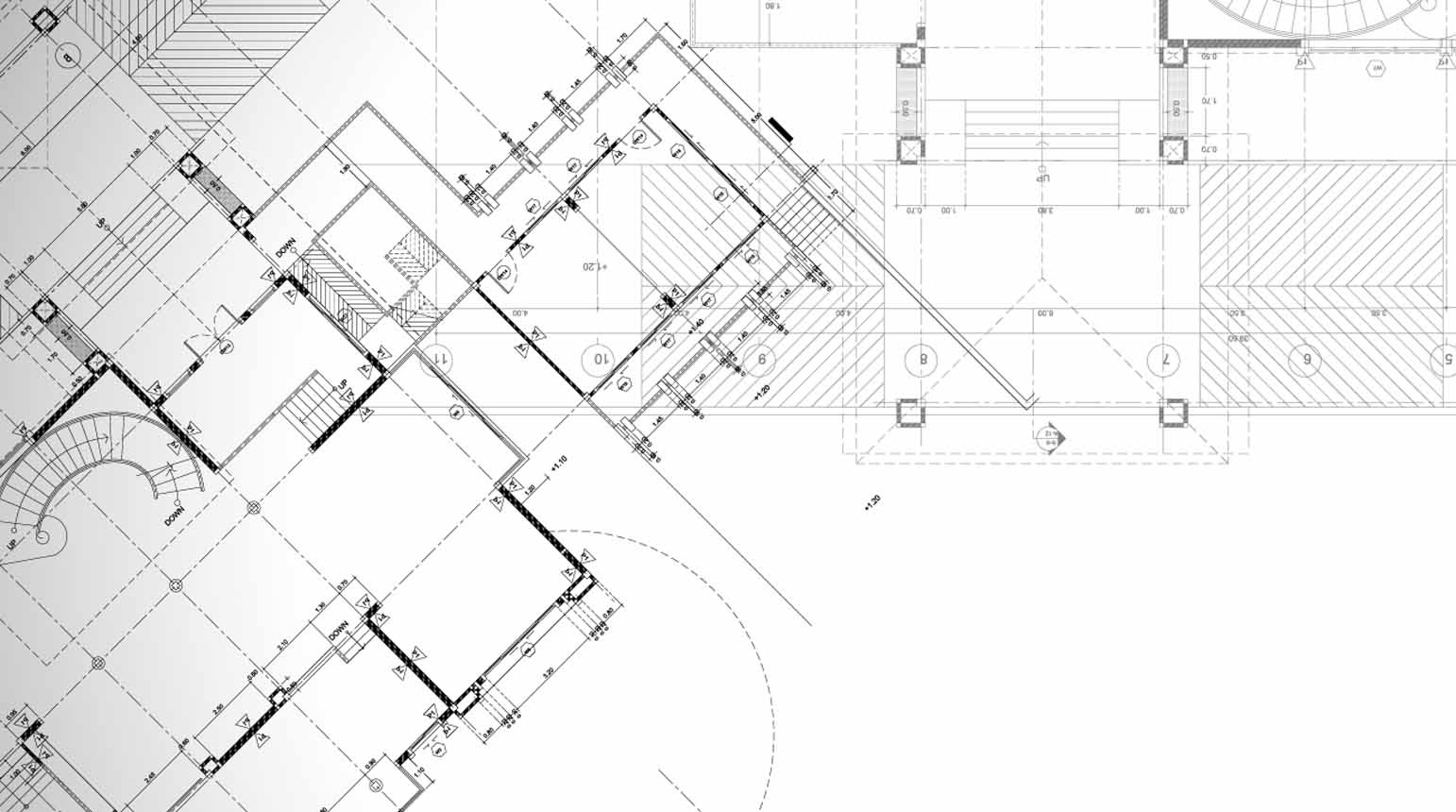Mimar Sinan: The Genius of Ottoman Architecture
Mimar Sinan is one of the most famous architects of the Ottoman Empire and one of the figures who brought about the golden age of Ottoman architecture.

Mimar Sinan is one of the most famous architects of the Ottoman Empire and one of the figures who brought about the golden age of Ottoman architecture. However, there are many interesting details and structures about him that are not widely known. Our blog post, prepared especially for the Commemoration of Mimar Sinan and Architects Week, is with you…
Transformation in His Youth:
Mimar Sinan originally began his career as a Janissary. However, his talents were recognized, and he was sent to the Ayasofya Madrasa in Istanbul to receive architectural training. This transformation was a step that determined the future of Ottoman architecture.
Forgotten Works
In addition to the structures of Mimar Sinan that have survived to the present day, there are also lost or forgotten works. Many of his works, especially in the Balkans and the Middle East, have been destroyed or deteriorated over time. Some researchers aim to trace these lost works to create a complete portrait of Ottoman architecture.
Genius in Engineering
Mimar Sinan is considered not only an architect but also an engineer. His structures are admired not only for their aesthetics but also for their durability and engineering. Some of his buildings supported very large spans and heights using the technology of that era.
Intricate Details in Ornamentation
Mimar Sinan’s buildings are not only captivating but also filled with intricate details in decorative arts. The motifs, geometric patterns, and craftsmanship used in his works reflect the art understanding of the period. In particular, the details in tiles, marble work, and wood carving are dazzling.
Mysteries of the Selimiye Mosque
One of Mimar Sinan’s most famous works, the Selimiye Mosque, holds many mysteries as well as aesthetic value. The height of its dome demonstrates how advanced the engineering knowledge of that time was. In addition, the architectural layout and acoustic features of the mosque still arouse curiosity today.
Social Responsibility Projects
It is important to know that Mimar Sinan did not focus only on palaces and mosques. He also played a significant role in social responsibility projects such as hospitals, bridges, and aqueducts. These structures served wide segments of society and reflected his human-centered approach.
Interesting Facts About Some of His Works
Süleymaniye Mosque (Fatih, Istanbul)
-
Construction lasted exactly 7 years.
-
3,200 kilograms of gold were spent on its construction.
-
3,523 people worked on it.
-
Inside the mosque, sound hangs in the air for 3.5 seconds; understanding its acoustics is still difficult today.
Haseki Hürrem Sultan Complex (Fatih, Istanbul)
-
It is the first work Mimar Sinan created as the “chief architect.”
-
The mosque, initially built with a single dome, was expanded in 1612 by Sedefkar Mehmet Ağa.
-
It was later converted into a madrasa.
-
According to Evliya Çelebi, the location of Haseki Madrasa was chosen as a thoughtful gesture by Sultan Suleiman the Magnificent.
Kara Ahmet Pasha Mosque (Fatih, Istanbul)
-
Kara Ahmet Pasha was the husband of Fatma Sultan, the sister of Sultan Suleiman.
-
Construction reportedly stopped after Kara Ahmet Pasha was executed in 1555.
-
According to Hadîkatü’l-cevamî, it was completed seven years after his death, around 1562.
-
The wooden minbar, main entrance door, and window shutters are fine examples of 16th-century interlocking woodwork.
Kılıç Ali Pasha Mosque (Beyoğlu, Istanbul)
-
Construction began when Sultan Murad III told Kılıç Ali Pasha, “You are the commander of the seas. Go and build your mosque by the sea.”
-
Murad III asked Mimar Sinan to strengthen Hagia Sophia. To gain experience, Sinan built a small-scale model of Hagia Sophia with accurate architectural measurements in this mosque.
-
Cervantes, a soldier in the Spanish navy, was captured at the Battle of Lepanto and worked on the construction of this complex before regaining his freedom.






